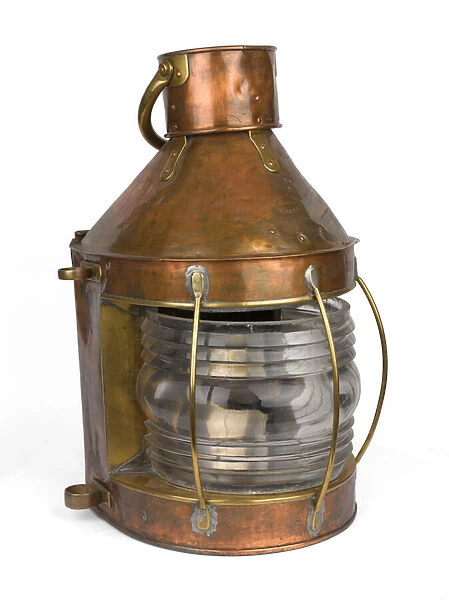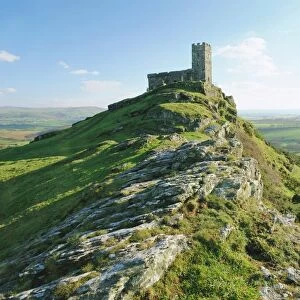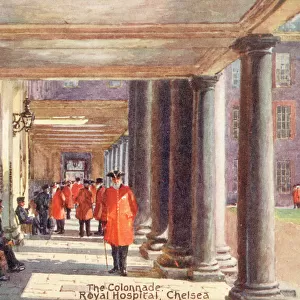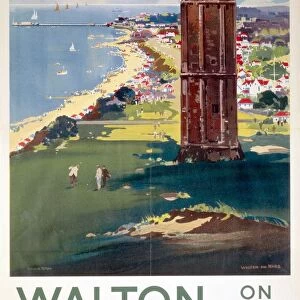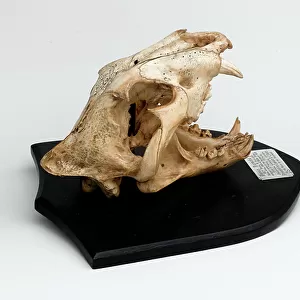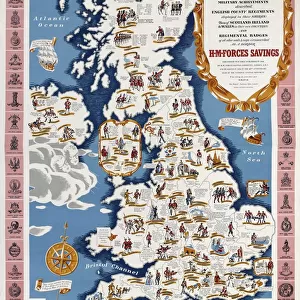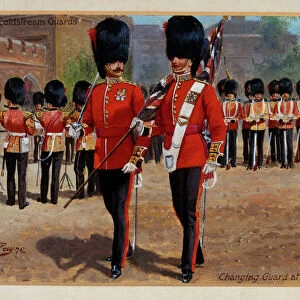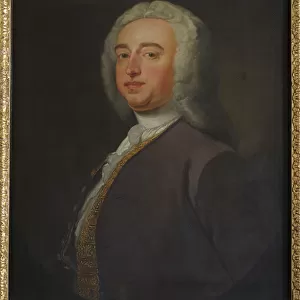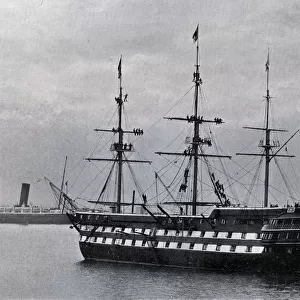Home > Europe > United Kingdom > England > London > Museums > Fusilier
Masthead steaming light from the SS River Clyde, c. 1915 (light, masthead)
![]()

Wall Art and Photo Gifts from Fine Art Finder
Masthead steaming light from the SS River Clyde, c. 1915 (light, masthead)
5928739 Masthead steaming light from the SS River Clyde, c.1915 (light, masthead) by British School, (20th century); National Army Museum, London; (add.info.: Masthead steaming light from the SS River Clyde, 1915 (c).
The SS River Clyde was a ship that carried the 1st Battalion of the Royal Munster Fusiliers, two companies of the 2nd Battalion, the Hampshire Regiment, and one company of the 1st Battalion Royal Dublin Fusiliers into action as the spearhead of the landing at V Beach at Gallipoli on 25 April 1915.
The ship was a collier that had been converted into an amphibious assault platform. The plan was for the ship to intentionally run aground. Large openings had been cut into the hull, from which the men would disembark, advance down gangways to pontoons and then assault the beach defences under the cover of machine gun fire and naval bombardment. But due to delays and strong Turkish defences the plan failed. The River Clyde became a sitting target for Turkish guns and a death trap. Three attempts to land were costly failures, and the soldiers were forced to wait for nightfall to try again. The attacking force had suffered approximately 50 per cent casualties.
This light was presented, with a ships control wheel from the engine room of the River Clyde, to 1st Battalion The Royal Munster Fusiliers by Vice Admiral Sir John de Robeck in memory of the landings. de Robeck commanded the Allied naval force in the Dardanelles campaign. Until the disbandment of the regiment in 1922 it was kept in the Officers Mess of the 1st Battalion.); © National Army Museum; British, out of copyright
Media ID 25138876
© National Army Museum / Bridgeman Images
FEATURES IN THESE COLLECTIONS
> Arts
> Artists
> C
> John Collier
> Arts
> Landscape paintings
> Waterfall and river artworks
> River artworks
> Asia
> Turkey
> Related Images
> Europe
> France
> Canton
> Landes
> Europe
> United Kingdom
> England
> Hampshire
> Related Images
> Europe
> United Kingdom
> England
> London
> Museums
> British Museum
> Europe
> United Kingdom
> England
> London
> Museums
> Fusilier
> Europe
> United Kingdom
> England
> London
> Museums
> National Army Museum
> Europe
> United Kingdom
> England
> London
> Royalty
> Europe
> United Kingdom
> England
> London
> Sights
> British Museum
> Fine Art Finder
> Artists
> Anglo-Indian School
> Fine Art Finder
> Artists
> British School
EDITORS COMMENTS
This photograph captures the masthead steaming light from the SS River Clyde, taken around 1915. The SS River Clyde holds a significant place in history as it carried brave soldiers into action during the landing at V Beach in Gallipoli on April 25th, 1915. Originally a collier ship, it had been converted into an amphibious assault platform for this daring mission. The plan was for the ship to intentionally run aground and allow the soldiers to disembark through large openings cut into its hull. They would then advance down gangways onto pontoons and launch their assault on the beach defenses amidst machine gun fire and naval bombardment. However, due to delays and strong Turkish defenses, the plan failed tragically. The SS River Clyde became a sitting target for Turkish guns, resulting in three costly attempts to land before waiting for nightfall to try again. The attacking force suffered heavy casualties of approximately 50 percent. In memory of these ill-fated landings, Vice Admiral Sir John de Robeck presented this masthead steaming light along with a control wheel from the engine room of the River Clyde to 1st Battalion The Royal Munster Fusiliers. It served as a poignant reminder of their sacrifice until disbandment in 1922 when it was kept in their Officers Mess. This evocative print serves as both a historical artifact and tribute to those who fought valiantly during one of World War I's most challenging campaigns - Gallipoli.
MADE IN THE USA
Safe Shipping with 30 Day Money Back Guarantee
FREE PERSONALISATION*
We are proud to offer a range of customisation features including Personalised Captions, Color Filters and Picture Zoom Tools
SECURE PAYMENTS
We happily accept a wide range of payment options so you can pay for the things you need in the way that is most convenient for you
* Options may vary by product and licensing agreement. Zoomed Pictures can be adjusted in the Cart.

